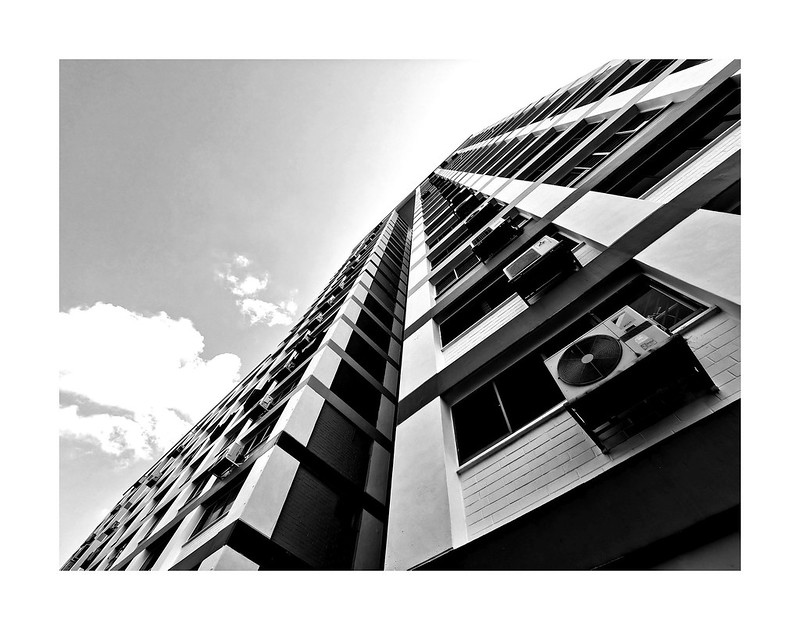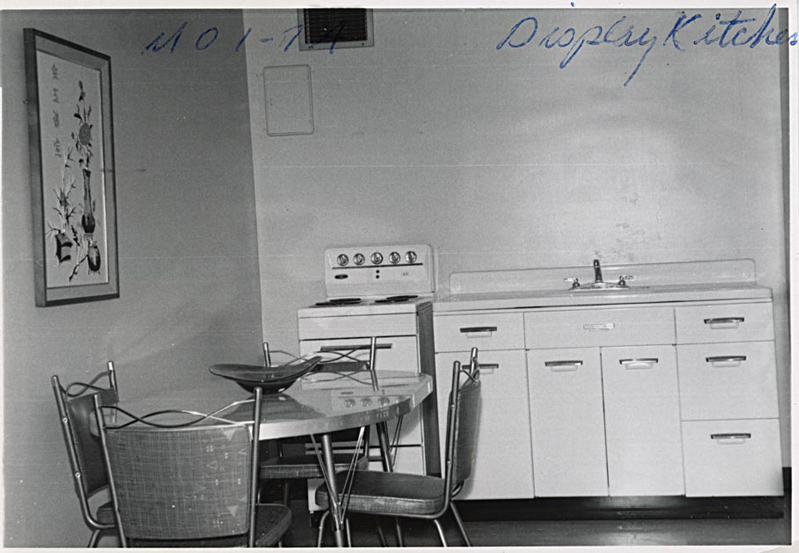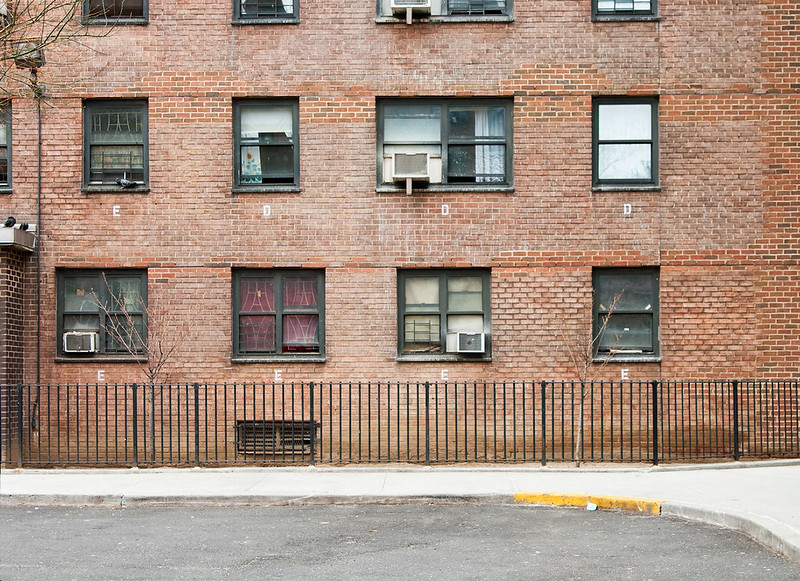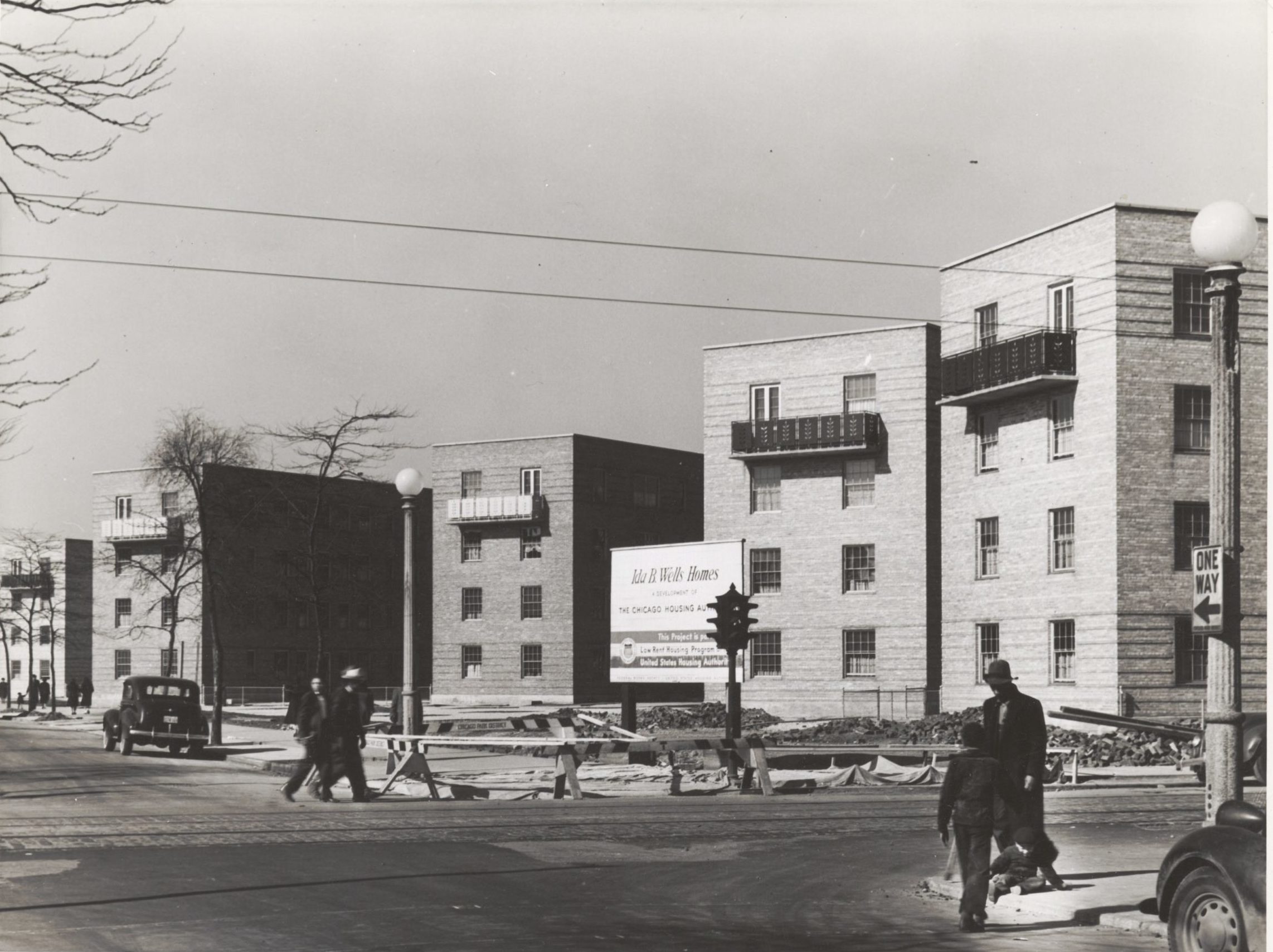There is a widely held misconception that public housing was a good idea. People think it was a good deed performed by the government, and that it’s charity. The truth is actually much darker than that, but it’s not a discussion being had at large yet (unlike similar issues that are more straightforward, like redlining). It’s a complicated issue with deep roots, so it requires some research, but the evidence is all there. Public housing perpetuated racism, violence, and class segregation (among other things). It’s an important thing to know about, so here’s what you need to know.

Photo courtesy of George Tan via Flickr
The history of public housing in the United States
Around the turn of the century, the government started forming programs that would provide housing for people down on their luck. Their goal was to give low-income families reliable homes and places to live. However, it was thoughtlessly organized and ended up creating even more social problems.
When did public housing arise in the United States?
In the 19th century, social inequality became recognized as a huge problem. “Slums” were taking over cities, and concerns rose about the welfare of those who were stuck there. A few decades later, the government decided that the private sector would be able to do what private landlords had not. They figured the government has more resources and accountability, so the residents would be in better hands. This system was officially put into place in the 1930s.
When did things turn south?
Pretty much immediately, this plan for good fell apart. The public housing complexes were built in places where no one would have a problem with the old neighborhoods being torn down—or rather, places that white people had no problem seeing razed. This resulted in the government targeting Black neighborhoods, demolishing them, and building public housing on top of the land there.
This fractured communities, destroyed livelihoods, and ripped away the homes of those who lived there. The government made promises to rebuild those neighborhoods, but they never did, the communities were already torn apart. The damage was already done. Entire businesses, parks, theatres, and markets were gone forever.
How did the government get away with doing this?
The Housing Act of 1949 allowed for segregation within complexes, so right from the start, racism was allowed and encouraged. There were also spending caps on how much the government could contribute, and on how much could be spent on building each room. Those building the complexes had no incentive to use quality materials. They just did it as cheaply as possible.
On top of all of that, the government only had to cover basic costs of rent and operating the property. Maintenance and upkeep were not a part of their contribution, so these things didn’t really happen. This wasn’t an investment in building up communities. It was a destruction of already existing communities, and a building of complexes designed to fall apart.

Photo courtesy of The Pruitt-Igoe Myth, via Flickr
Public housing perpetuated racism
Racism was literally written into the acts that provided public housing. They could be segregated, and almost always were. Black communities were systemically chosen as the sacrifice zone that would be destroyed for the buildings to be built. White public housing was always better because more money was put into them, and they were put in better areas. This created so many problems for Black residents and community members.
Public housing stole generational wealth.
This happened in two ways. The first was by taking away the wealth of community members who lived in neighborhoods. When their Black neighborhood was chosen to be destroyed, any wealth held was also destroyed. Their job was lost because their workplace was demolished. Their business was lost because their community and building was destroyed. Their houses that they rented out were destroyed. Their house that they owned was destroyed. Money, opportunities, and family wealth was not only taken from them, but never returned. They were not compensated for their losses. This was just theft.
The other way generational wealth was stolen, was in regard to the residents of the public housing. Their community was not taken care of by the government, so it fell into disrepair. This kept the neighborhood at a low value, and drove away customers, potential residents, and businesses in general. There were fewer desirable jobs within walking distance, less money to be made there, and fewer options overall. This kept those living in public housing complexes poor, and unable to build any generational wealth, therefore passing these problems down to their children.
Public housing created violence that harmed Black people.
These complexes were designed quickly and carelessly. Most apartment buildings are built with safety in mind. They are well lit, and the communal areas are clean and central. In public housing complexes, they were not. There were dark, unlit spaces throughout the properties, and communal spaces were poorly designed. This increased violence because it gave people the opportunity to hurt others. The safety of the residents were not put into consideration when the buildings were being built, so they were harmed often. Death and muggings were essentially designed into the buildings and properties.
Black home-seekers were steered into these complexes.
Black families were consistently denied loans for housing, and decently paying jobs to afford other options. They were almost always steered towards public housing instead, where as discussed, there were no opportunities to grow. This kept them poor, and took away their assets.
Public housing today
Honestly, other than the fact that public housing is no longer legally segregated, it’s not much better. One trip to your local public housing will show you that. They are not up to date with appliances, are run down, and seldom have maintenance crews or help of any kind on site. Not only that, but because of the generations of stolen wealth and neighborhood erasure, these complexes are widely still segregated. Those with mostly Black residents tend to be in historically worse buildings and areas, so those living there deal with worse problems than white residents of other complexes. This widens the wealth gap between populations, and furthers the harm that was done a hundred years ago.
Are there other options?
The truth is that the government has historically proven to not be good at providing housing. There isn’t the infrastructure for them to be effective landlords, and there isn’t enough funding for them to orchestrate someone else doing it. This system just doesn’t work, and it worsens the problems that it supposedly tries to solve.
There have been suggestions to turn already existing buildings into public housing, but that has flaws too. This needs to be a long-term project. Those taking charge need to invest enough to make these safe and up-to-date housing options, and they need to be in it for the long haul. They need to commit to constantly updating the apartments and the building itself. They need to allow residents to make changes themselves so they can work toward owning the unit (thus allowing for a monetary option for residents who lost generational real estate wealth). They need to invest in the community that the buildings are located in. None of that has happened, so these already existing buildings are destined for the same fate as those that were built before. Often, turning them into public housing can depreciate the community in value, worsening any social stresses and violence that exist there.
Whatever is done to solve the issue must be a long-term solution with high investment on the part of those in charge. Residents need more freedom and agency over their units, and the community at large needs to be a part of the investment.
What’s the bottom line?
The United States hasn’t figured out public housing yet. The government doesn’t put enough funding into it, and private landlords tend to abuse their residents’ rights. It seems that instead, the government needs to invest in communities and make reparations for those that they destroyed. Our country needs to put money and resources toward underprivileged neighborhoods, and make sure that housing there is affordable. Keep these neighborhoods well lit, provided with high-quality schools and mental health professionals, and with plenty of green space. If the government truly cares about bettering the lives of those with low income, they need to look at what already exists and fix that.

Photo courtesy of Dan Deluca, via Flickr.
Get more like this—Sign up for our daily inspirational newsletter for exclusive content!





